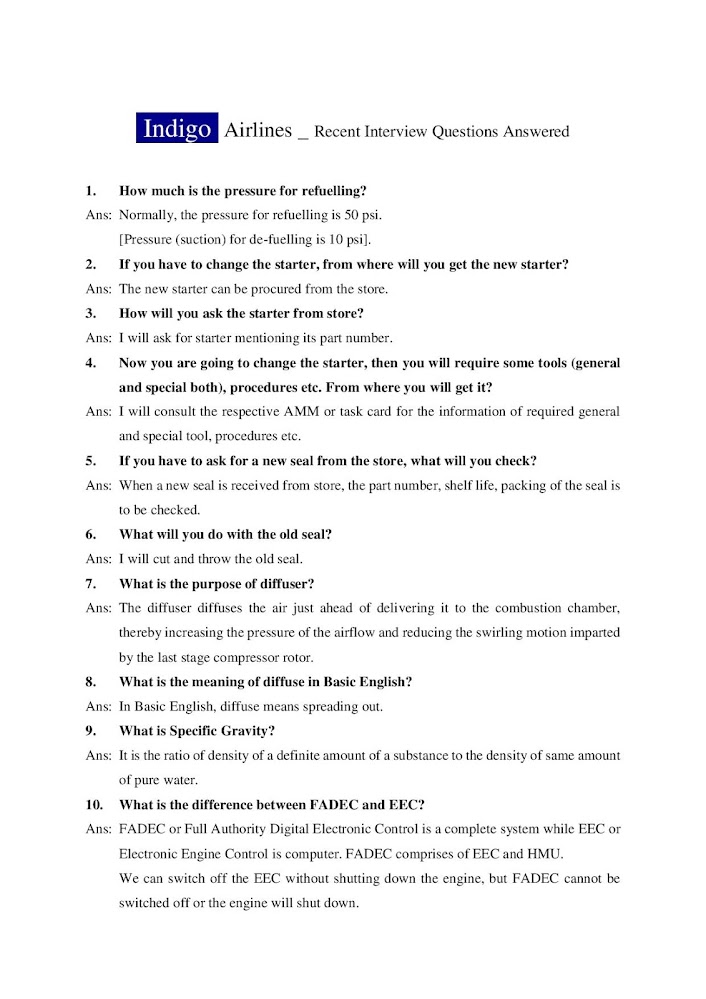GLONASS(Russian global navigation system)
Selective availability of GPS :
GPS included a feature called selective availability that adds intentional, time varrying errors up to 10 metre horizontal and 30 metres vertically into the publicly available L1 signal. This was intended to deny an enemy the use of civilian GPS receiver for precision weapon guidance.
The GPS can be used for the following purposes.
1.Differential GPS (DGPS) : for marine uses, maintained by the US coast guard.
2.WAAS (wide area of mentation system).Extremely accurate navigation system developed by FAA.
Provide service for all aircraft for all phase of the flight including and route navigation, airport departure and arrival.
Particularly LNAV & VNAV in low visibility operations.
Currently,it only covers North america as there are no ground reference stations for this technology in other countries yet.
3.LAAS ( local area augmentation system)
all weather aircraft landing system (instrument landing system)
used to replace conventional ground based navigation add ultimately lead to GLS(global navigation satellite landing system).
The GPS navigation receiver can also be installed with error detection software known as receiver autonomous integrity monitoring (RAIM). Monitoring is achieved by comparing the range instruments made from five satellites.
In addition to this, failed satellites can be explode excluded from the range estimates by comparing the data from 6 satellites. this technique is called fault detection and exclusion(FDE).
Global navigation system for general aviation of an integrated with ILS-VOR or and VHF communication system.
GLONASS
The Russian global navigation system(GLONASS) feature for 24 satellites orbiting at a lower altitude of 19,100 kilometre in three orbital plane is, three satellites are in orbit is a spares.
Galileo is a european system that is intended to be compatible with, but more advanced than, GPS or GLONASS.
The system is based on 30 satellites in a higher (23,000 kilometre) orbit, the satellite from three orbital planes each comprising 10 satellites.
Estimates vary, but it is conceivable that over 100 navigation satellites could be in orbit over the next 20 years.
There are programs in place in the USA to eventually replace ground-based radio navigation system including non directional beacon (ADF) enroute navigation aids(VOR). DME navigation aids will be retained for a longer period, with the possibility of relocating some of these facilities.
Automatic approach and landing trials are under way using satellite derived navigation references.




Comments
Post a Comment